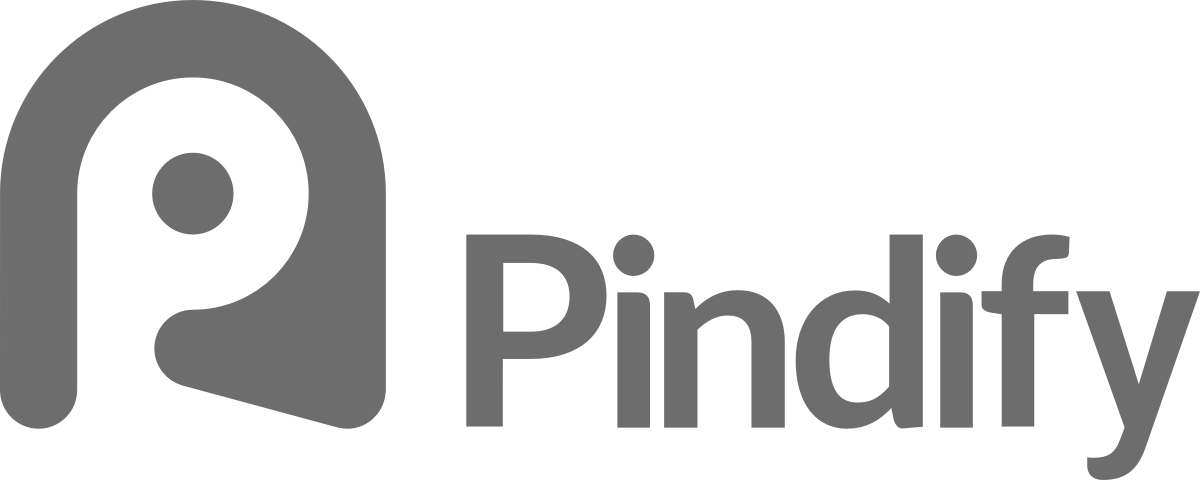My passion has always been creating and performing music.
Growing up in the ’80s, I was mesmerized by Electric Light Orchestra’s Out of the Blue album. I taught myself to play a-ha’s “Take on Me” on a little Casio piano my grandfather gave me. Early on, I started dreaming of making an album of my own.
A few years later reality began to set in. Watching Iron Maiden music videos on MTV—with their enormous production budgets—convinced me that my dream of ever producing an album was close to impossible.
The release of “Smells Like Teen Spirit” by Nirvana changed my life. The simple synchronistic coming together of a neurotic drummer, a rebel bass player, and a slick guitarist on vocals legitimized my belief that I could definitely cut an album. My dream was reborn.
The ’90s saw the rise of the indie music movement, where a band’s story, their overall message and dedication to their fans was more important than the mega productions of bygone eras. Writers, critics, photographers, indie labels, action sports, festivals, and collaborations with other industries—that cut across genres and scenes—formulated these powerful stories that acquired an enormous global audience.
The ’00s were hard years for everyone in the creative community. The movements of the 90s had become splintered, and rife with illegal downloads, the industry was bleeding profits. Meanwhile I finished my army service, and earned a Bachelor of Science in Economics and Business. Trying to survive as a creative artist with a slim chance of making it in the industry, I knew I was limiting my options for other career paths. I became a developer of online platforms for 60 bluechip companies from around the world.
Thanks to the emergence of the streaming service giants, it was not until the ’10s that the music industry began to see some leading players finally turn some major profits. Around the same time, my experience as a web developer had me thinking. I began to formulate ideas about how to digitize the massive ’90s arts movement—the collaborative campaigns that powered the last era of super fandom.
I made one last desperate shot at pursuing my dreams to become a musical artist and stood in line for try-outs at a call for Swedish Idol contestants. There seemed to be an infinite number of passionate artists in line with me waiting to perform. These artists were equally talented, and as eager to pursue their passions as I was. At this moment, all my ideas for a digital platform began to distill and it became clear—creatives need a community, and a marketplace to promote our content and earn money—a real living. Where we can promote our brands and collaborate across genres and industries. And monetize our stories and fan relations.
The blueprint was initiated in the winter of 2010, and Pindify began in the spring of 2013.

